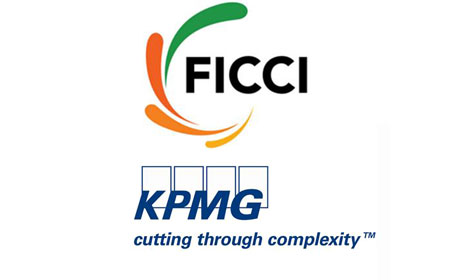MUMBAI: Even as the Union Budget ushered in good news for the FM radio industry, the delay in its implementation is increasingly impacting the profitability and growth aspirations of radio stations across cities. The Ficci-KPMG report ‘The power of a billion: Realizing the Indian dream’ states that the delay has hampered the potential of the medium to achieve better profitability as Phase III promises favourable cost economics for the industry.
Post Phase III, the industry is expected to grow at a CAGR of 21 per cent. Correspondingly, radio’s share of media ad spends is also expected to increase from around 3.9 per cent to 4.3 per cent in 2017. The growth will be attributed to existing licenses through increased prices in metros and increased utilization levels in non-metros, new licenses in the existing cities and through the addition of new cities.
While ad spends have been predicted to increase, the reach of the national advertisers is currently very limited and hence is making them opt more viable mediums like print.
Currently, the reach of the medium is limited to metros and some tier II cities, with little or no access to tier III cities. These small cities are likely to be growth engines of the Indian economy in future and thus, national advertisers are increasingly targeting these customers. With the potential of the medium still undeveloped in these regions, most of the advertising spends are being diverted to print and activations.
As advertisers look beyond the metros and mini metros for growth, radio players are very keen to invest in the next round of growth in the industry. The government may fetch Rs 17 billion from the auction of Phase III licenses and an additional Rs 7.6 – 11bn may be infused by the industry in capital expenses to start new stations.
In 2012, revenues from non-metros grew faster than the metros on the back of inventory utilization improvement. The report states that Radio Mantra exhibited a growth rate of 12.5 per cent and My FM reported 16 per cent. The growth rate was much higher than the overall industry’s growth rate of 10 per cent.
The reduction in budgets of national advertisers was partially compensated by a strong growth rate exhibited by local businesses which were somewhat insulated from slowdown in the economy. The local segment now comprises nearly 50 per cent of overall advertising revenue with significant difference across major networks. While Radio Mirchi’s local advertising stands at 40 per cent, for My FM it is 75 per cent.
Moreover, multiple frequencies also give potential for operational cost savings on manpower, premises, marketing and overheads related costs. On the capital expenditure front, there is potential for savings on studio infrastructure, IT and office infrastructure as a large part of infrastructure for leading players is already in place.
Also, permission for networking content across categories of cities is expected to be granted as part of Phase III licensing, with a stipulation of a minimum 20 per cent local content. This could help players build more cost effective models, with potential of over 20 per cent savings on operating costs.
The reduction of shareholder lock-in period from five to three years, and increase of license period from 10-15 years may encourage consolidation post the Phase III auctions. Consolidation is also likely to enhance profitability of the players owing scale benefits accrued due to networking permission.
While Phase III has many clauses that promise to be beneficial to the radio industry, there are certain clauses that need further clarity including the high reserve price for certain cities, uncertainty of migration fees, reducing the channel separation and restriction of news.
The report claims that the availability of FM in tier II and III towns will provide a cost effective choice to reach out to potential consumers. Phase III is expected to change the nature of communication in smaller towns and provide a powerful tool for local businesses to expand and grow.
In the long run, key drivers propelling radio will be release of spectrum especially in larger cities, less regulation of content, increased focus on client by devising innovative solutions and development of a robust measurement methodology.
